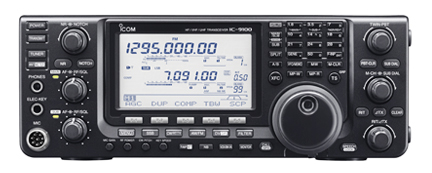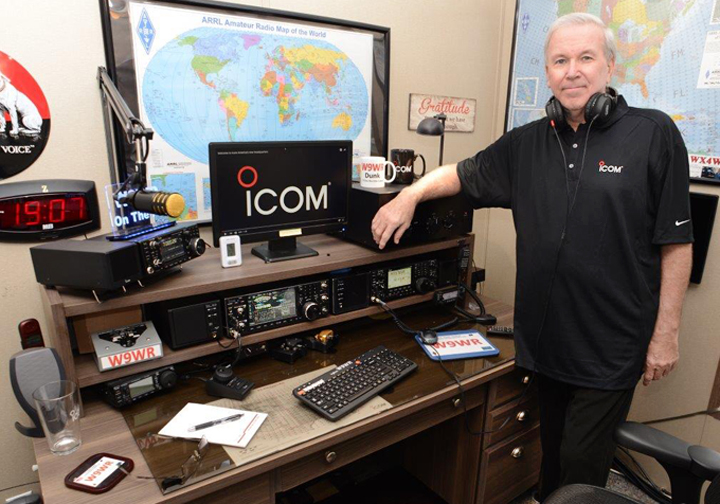In some ways, 1966 seems like a week ago! I vividly recall a sunny Sunday afternoon out on Long Island at a schoolmate’s house, as I prepared myself for what would be my very first QSO. I had not yet assembled a station of my own, but Donny had a pretty nice one, so I was slowly tuning his receiver on the 40 Meter Novice Band. I had a handful of crystals that would establish my transmit frequency, as transmitter VFO’s were not allowed to be used by Novice Class operators.
I had slowly called CQ and before long, I received a response from a fellow in Paducah, KY. I had an instant case of ‘key fright’, and, armed with a Boy Scout Morse Code guide, used it to decipher letters that I was unsure of. It was a very intense few minutes as we traded the needed information for a complete QSO. The memory of that on-air encounter was worth every awkward second, and destined to be high on my list of firsts.
Some 52 years later, I have been as enamored with this fascinating hobby as that first day on Long Island! Being a traditionalist, I have stuck with the meat and potatoes of Amateur Radio–the basic phone and CW modes.
It was time for a new challenge.
Like many of us, I have used the VHF and UHF repeaters found throughout my area. It’s a great way to stay in touch with the locals, and meet new friends! These initial QSOs have brought about great new friendships, especially since I had moved around the country with my job. And, these encounters have led to personal family friendships as well. KU3X, Barry in PA, and WX4W, Curtis in KY, come to mind. Without the local repeaters, I likely would never have met with either of these great new friends.
But there was more to “V and U” operations than what repeaters had to offer. My new-found interest was in “pushing the envelope” beyond the aid of local repeaters. Enter the Icom IC-9100. This engineering marvel offered the traditional HF bands of 160-10 Meters, with the addition of six, two, and 70CM bands with multi-mode capability! The beauty of the IC-9100 is that the receiver performance, even on V and U, is without compromise! And, the 1.2 GHz band was also available as an option, as well as Icom’s popular D-STAR coverage, which opens up a whole new on-air adventure!
Enter the Icom IC-9100. This engineering marvel offered the traditional HF bands of 160-10 Meters, with the addition of six, two, and 70CM bands with multi-mode capability! The beauty of the IC-9100 is that the receiver performance, even on V and U, is without compromise! And, the 1.2 GHz band was also available as an option, as well as Icom’s popular D-STAR coverage, which opens up a whole new on-air adventure!
Coverage and DX performance is a relative thing. Interestingly, a 300 mile QSO can be as thrilling on 432 MHz SSB as working the Ducie Island DXpedition on the 17 Meter band! My new encounters on VHF and UHF brought back the thrill quite like my first QSO in 1966!
And down the road I’ll be working ‘the birds’ with my 9100 on its satellite mode. The IC-9100 makes satellite operation simplified, with automatic cross-band tracking of the transmit and receive frequencies!
I can monitor the 432 MHz and two meter calling frequencies simultaneously with the 9100, while working HF and monitoring the six-meter calling frequency as well with my IC-7610 HF/6 Meter transceiver! True “radioactivity!
The 9100’s power output meets or exceeds VHF and UHF low power category in many contests, and because of the 9100’s capable HF receiver, I can use it, as well as my new IC-7610 on HF for “multioperator/ two transmitter” class HF contest category entries. My RF buddies and I are going to have fun with this setup!
The beauty of our wonderful hobby is that there is always something new to challenge us and keep things fresh and exciting! And the Icom IC-9100 makes it happen with a high performance design platform that is second to none! Whether the 9100 is running QSO’s in an HF contest, or being used to chase Grid Squares on two meters in a VHF contest, you can rest assured that the high-spec performance of this engineering masterpiece has you covered!
What A Hobby!
Check out the IC-9100 product page to learn more.


